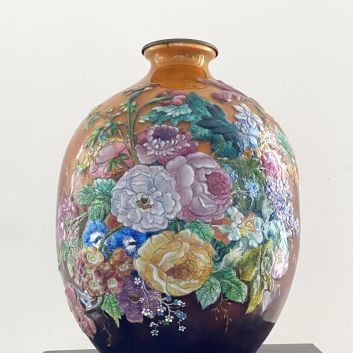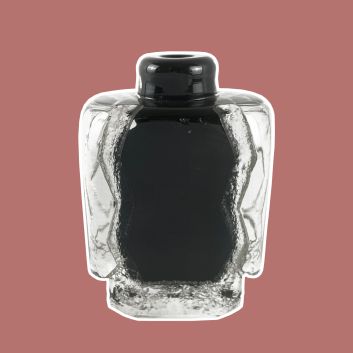Rating and value of Dalpayrat ceramics
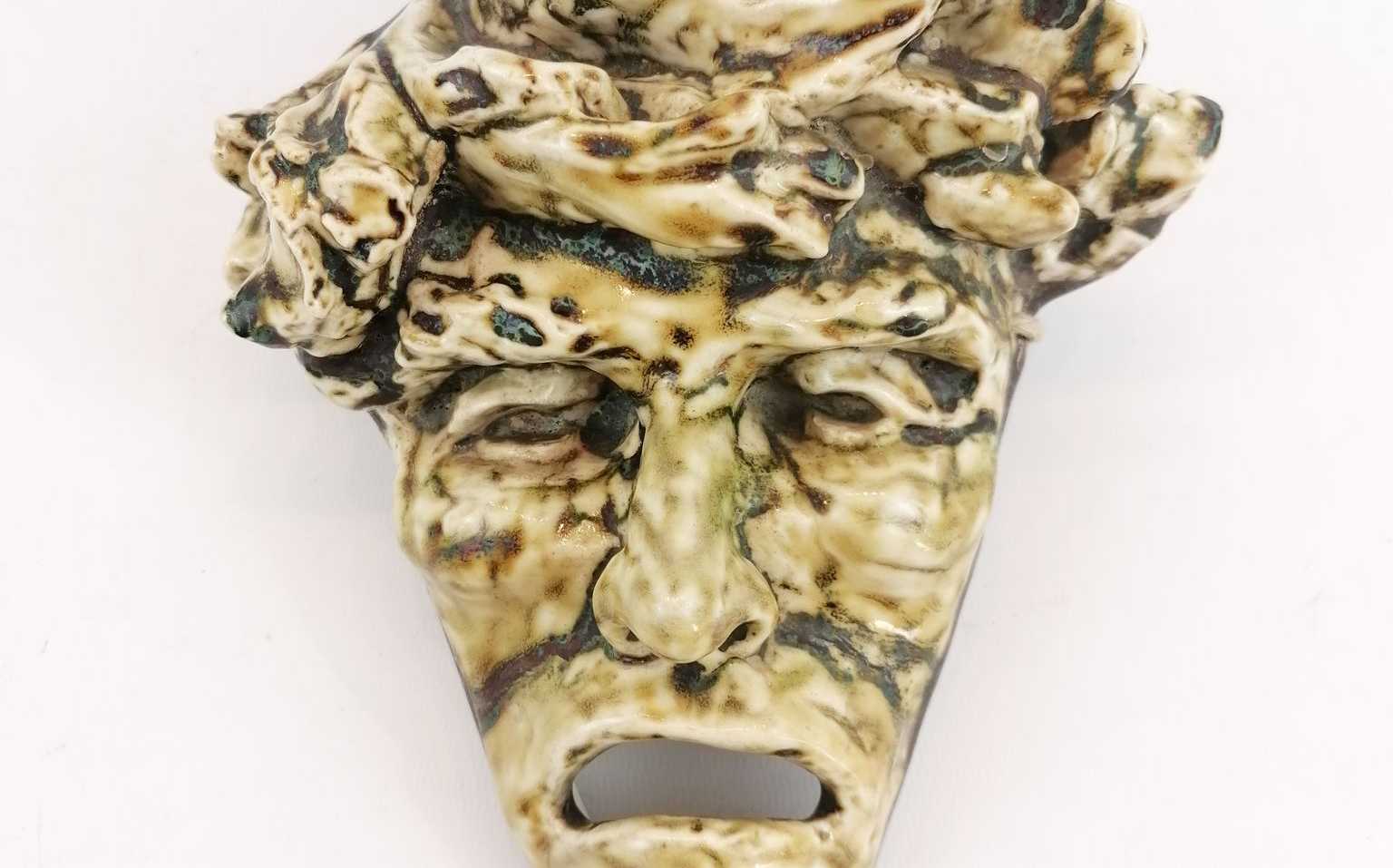
If you own a work of art by or after Dalpayrat, and would like to know its value, our state-approved experts and auctioneers can offer you their appraisal services. Our specialists will carry out a free appraisal of your work, and provide you with a precise estimate of its current market value. Then, if you wish to sell your work, we'll guide you towards the best possible arrangement to obtain the optimum price.
Rating and value of Dalpayrat works
The Dalpayrat company, which produces ceramics, is quoted on the market. Pierre-Adrien Dalpayrat and his son made the company famous and successful in the late 19th century. Today, prices for Dalpayrat's work are skyrocketing under auctioneers' gavels. Their vases and sculptures are particularly prized by French buyers. The price at which they sell on the art market ranges from €50 to €31,000, a considerable delta but one that speaks volumes about the value that can be attributed to Dalpayrat's works. In 2021, an 1897 ceramic "elephant" vase depicting Icarus sold for €31,000, whereas its estimate was between €20,000 and €25,000.
Order of value from a simple work to the most prestigious
Object type | Results |
|---|---|
Miscellaneous items (cups, carafes, ashtrays, etc.) | From €150 to €6,280 |
Ceramic vases | From €50 to €31,000 |
Ceramic masks and sculptures | From €120 to €4,600 |
Response in less than 24h
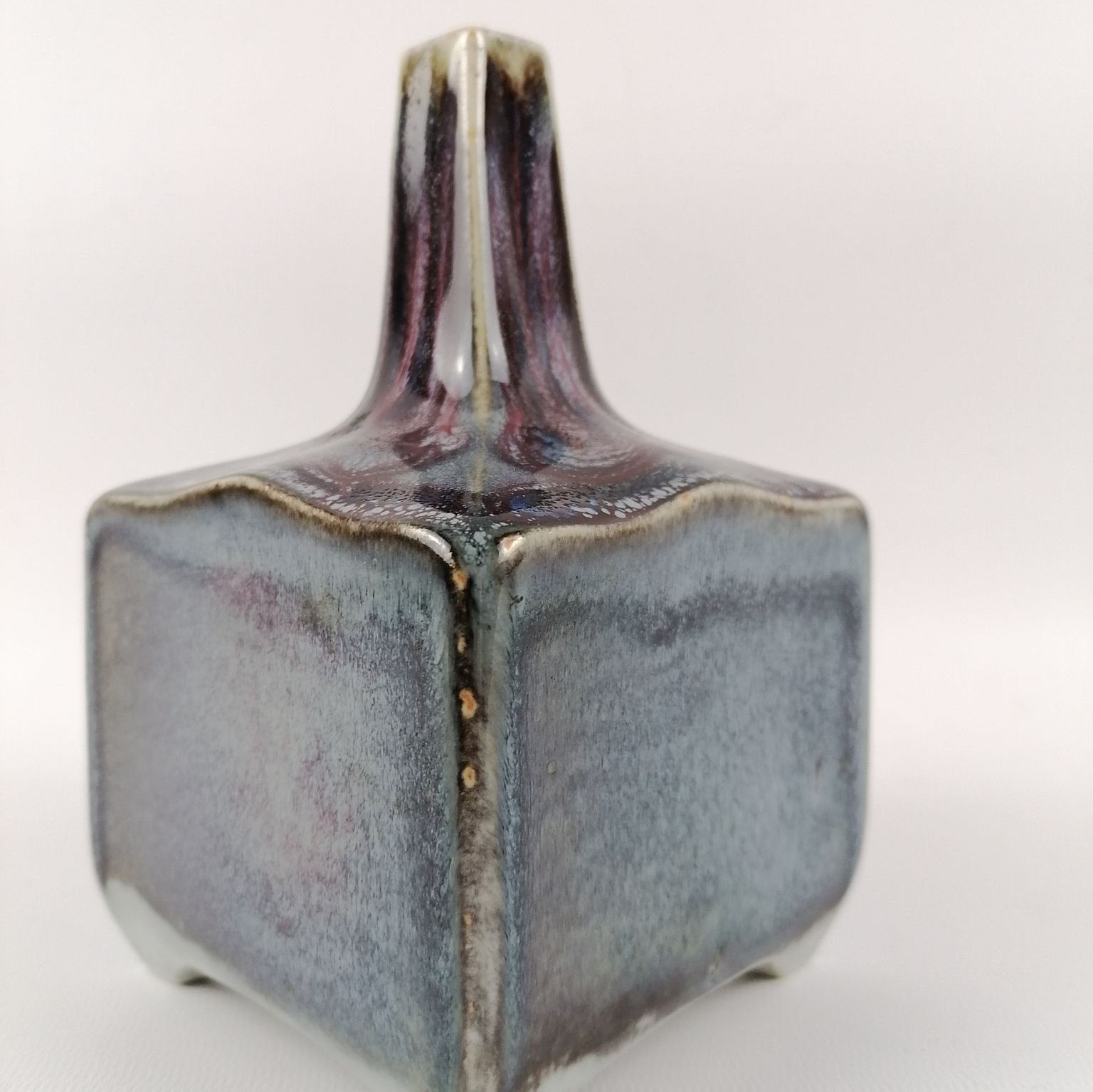
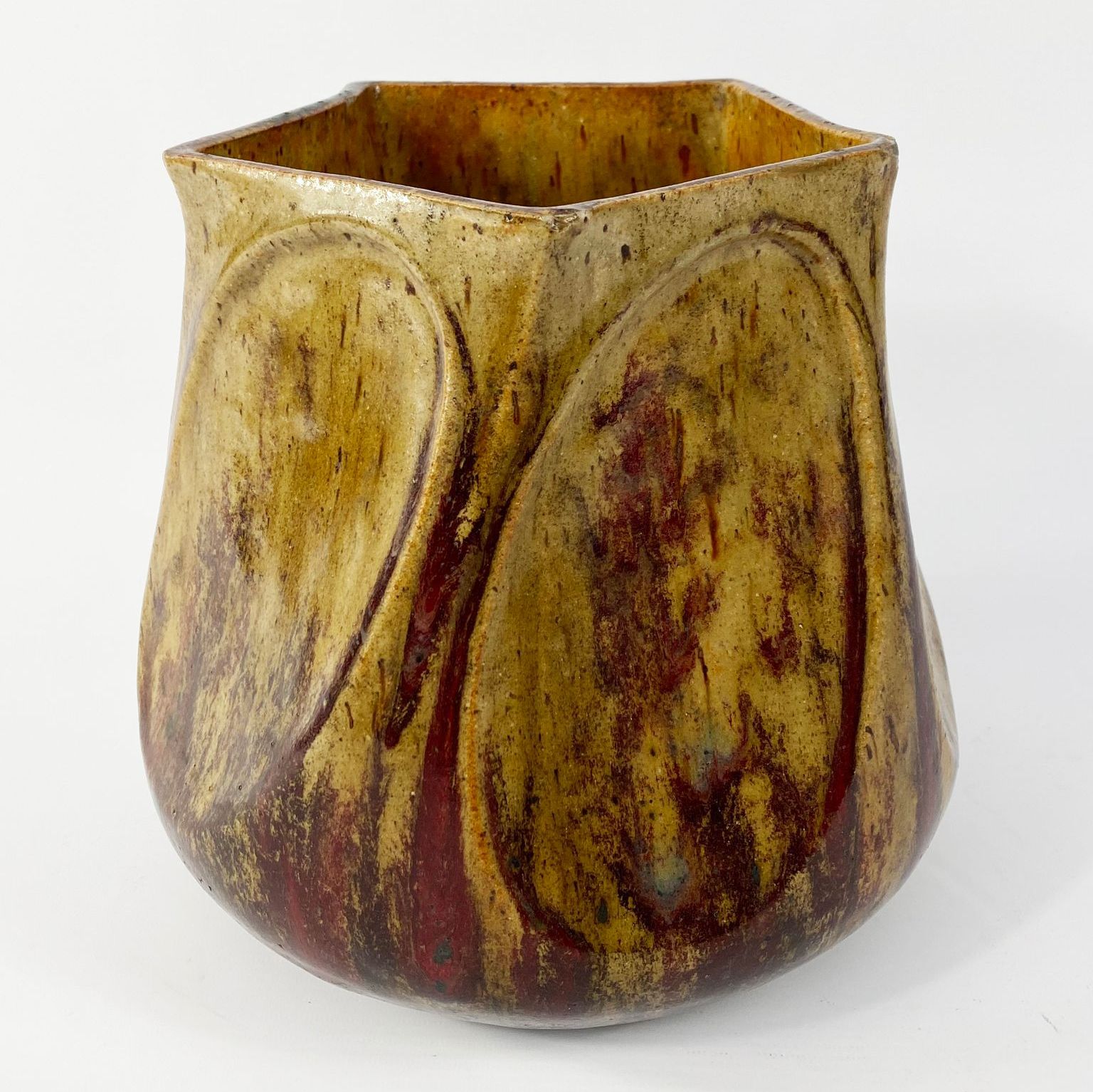
Style and technique at Dalpayrat
Dalpayrat ceramics are not really linked to any particular movement. When Pierre-Andrien Dalpayrat opened his ceramics workshop in 1889, he was already producing highly innovative works for the time, which he alone produced. We also owe him the Dalpayrat red color, which is close to ox-blood red.
The history of Dalpayrat ceramics
Pierre-Adrien Dalpayrat (1844-1910), a French artist, has become a key figure among ceramics enthusiasts and collectors. He was born in Limoges and trained there at the École de Dessin. It was there that he learned the techniques of painting on ceramics. He made his debut with Jules Vieillard in Bordeaux, then with Sazerat in Limoges. He then spent a year in an earthenware factory in Toulouse, before moving to Monaco to work for François Blanc. In 1889, he opened his own earthenware factory in Bourg-la-Reine. It was during these years that he began to master stoneware and invented Dalpayrat red, using copper oxide and a special firing process.
He collaborates with Alphonse-Voisin Delacroix and then Jean Coulon, and exhibits at Galerie Georges Petit. With Jean Coulon, he produces highly sought-after stoneware pieces stamped "à la grenade".
The company closed in 1906 following financial difficulties, but his son, Alphonse Dalpayrat, moved to Bagneux, where he opened a new earthenware factory, also signed Dalpayrat. Pierre-Adrien's grandsons took over management of the factory.
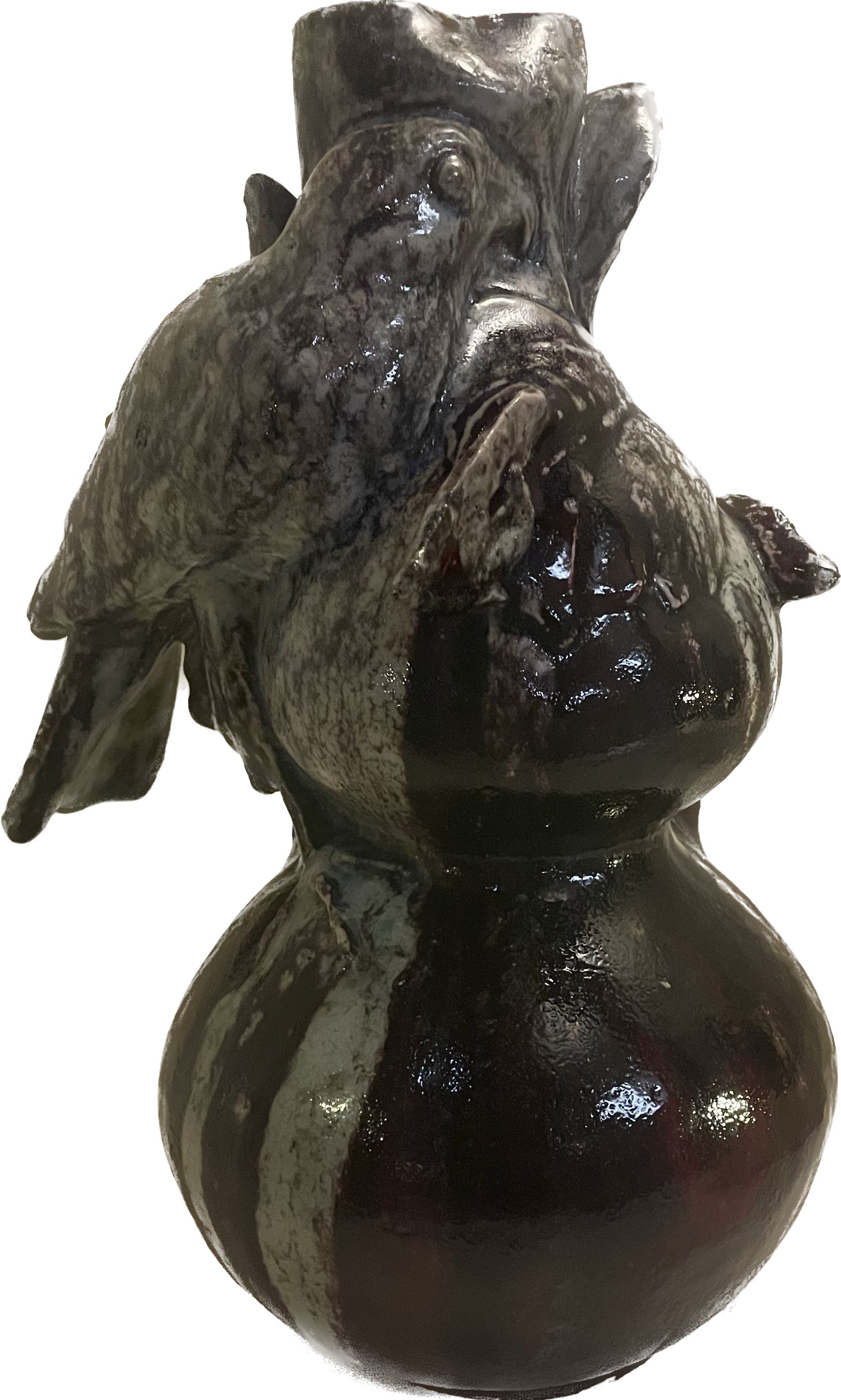
Pierre-Adrien Dalpayrat's imprint on his era
The artist marked his era with the originality of his work. He was ahead of his time, producing sculpted ceramics depicting animals, as Daum would later do. Today, the factory is no longer in business, and the preferred means of finding a work by Dalpayrat remains the auction market.
Recognizing the artist's signature
Dalpayrat works are generally signed on the back of the vase or piece. However, many copies exist, which is why it is important to have your work appraised. It is also possible for a Dalpayrat work to be signed in another way, which is why an appraisal is important.
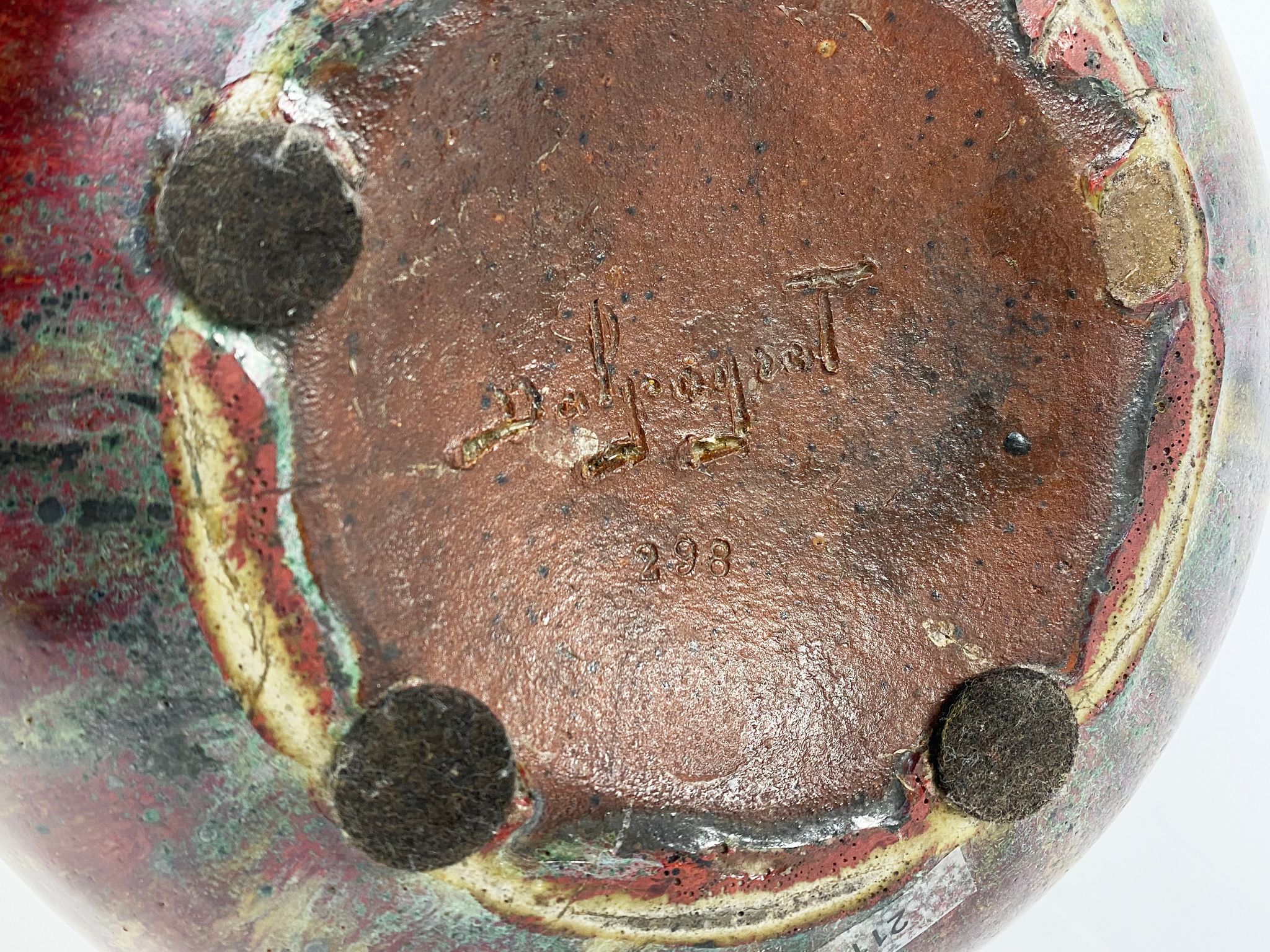
Response in less than 24h
Related topics

The value of works, sculptures by Agathon Léonard
Agathon Léonard, 19th century sculptor and bronzemaker, have a work by the artist appraised and valued in less than 24 hours.
Read more >

Rating and value of works, paintings, drawings by Paul Huet
Paul Huet was a 19th-century Romantic painter. His paintings and drawings are highly valued at auction.
Read more >

Cote et valeur des tableaux, dessins, peintures de Alexandre...
Alexandre Marie Guillemin was a 19th-century Romantic and naturalist painter who produced a number of oil-on-canvas paintings that are highly prized at auction.
Read more >
Secure site, anonymity preserved
State-approved auctioneer and expert
Free, certified estimates

